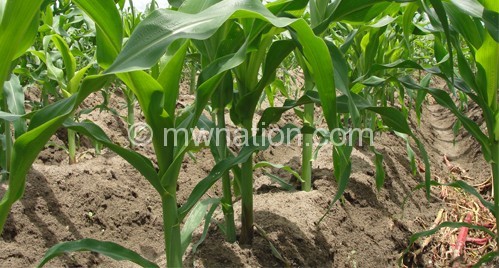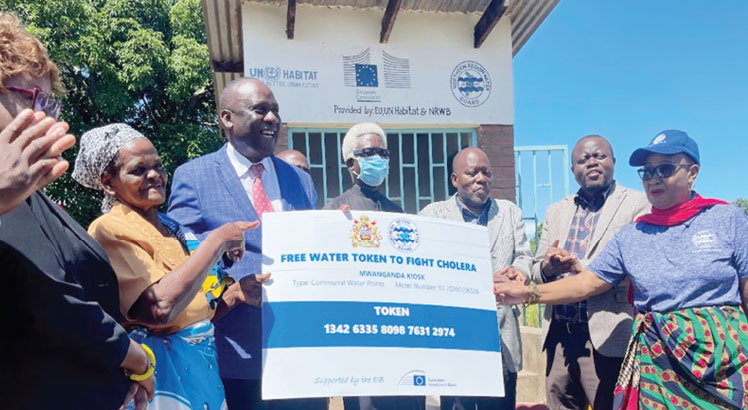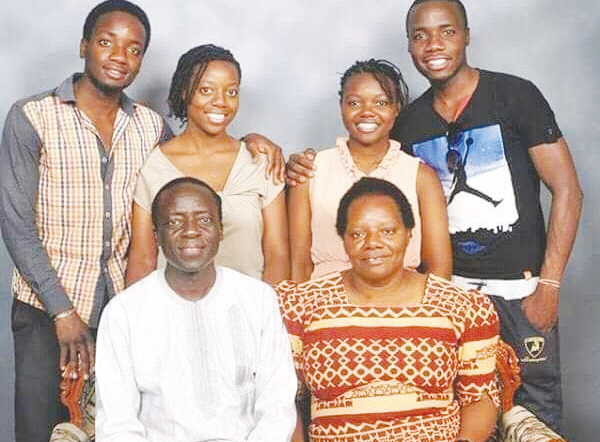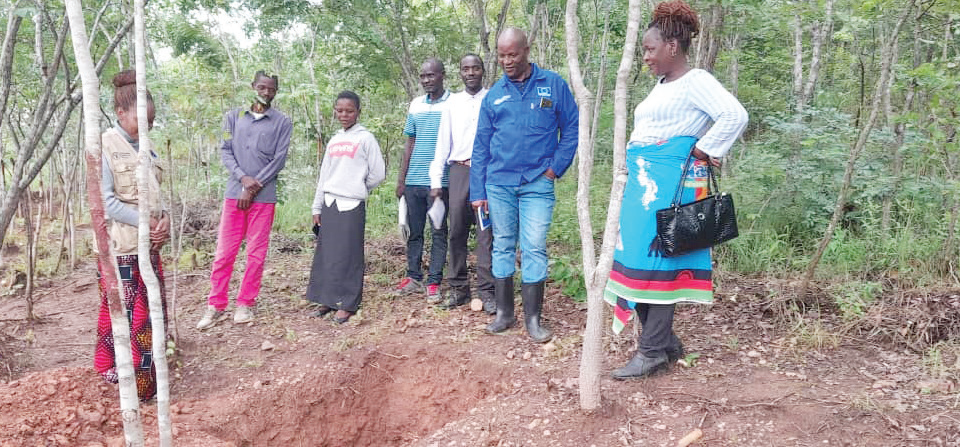Improved sack kills weevils
Rural farmers have Malawi join a league of nations to kill weevils without using chemicals or metal silos. JAMES CHAVULA writes.
She prefers calling herself “just an ordinary farmer”, but she is working hard to feed her family and maximise profits. All she is armed with is a small plot which produces nearly 70 bags weighing 50kgs each and a determined heart which keeps her toiling although nearly 20 bags are gnashed by weevils.

For 10 years, Dorothy Kumwenda, 33, and her husband have been cultivating maize, beans, soya and groundnuts on the same stretch in Mawanda Village, Mzimba South. Throughout, they have been figuring out a cocksure way to deal with weevils without using chemicals which at times leave their foodstuffs sour and smelly. Now, she is convinced that the solution lies neither in pesticides nor metallic silos, but sacks like no other.
“The day the weevils die, farming will be truly fulfilling and profitable to growers,” says the mother-of-three.
She is one of hundreds of farmers demonstrating the benefits of three-layer sacks being championed by the US-based Purdue with the support of University Catholic Development Commission (Cadecom).
To her, overcoming post-harvest pests can boost food security in farming families which are slaving morning, noon and afternoon just to feed unwanted organisms, a loss that has compelled rural dwellers to stop keeping maize cobs in handmade granaries she prefers calling nkhokwe.
Her maize crop is just knee-high and green, a health produce which was achieved through a mix of chemical fertliser and organic manure. Yet, a lingering fear for the impending harvest seems sky-high, for she says experience shows the destruction of grain in storage is one of major setbacks to farming in Malawi.
It accounts for the loss of 30 bags in every 100 after reaping, says the Ministry of Health and Population. The bags consumed by pests due to poor storage are worth about K180 000, with a 50kg bag of maize selling at K6 000 in many parts of the North.
The cost of grain reduced to nothing by the unwanted attackers is also equal to nine bags of chemical fertiliser which she terms “the most exorbitant of all farm inputs”.
Like many Malawians, rural farmers in Mzimba have heard government, agricultural firms, experts and extension workers advocating the use of chemicals and metallic silos to eliminate their ‘enemy number one’. However, they say these solutions are unaffordable and not readily available. Others find them ineffective.
“Expecting farmers who live in thatched huts to own nkhokwes made of sheet-metal is asking for too much and the chemicals are not cheap. Oftentimes, we have to apply two times a year to make sure the grain is free from weevils. If you apply once, a great deal of the harvest will be reduced to dust,” says Chimbilanjala resident Lameck Munthali.
Since last year, selected farmers in Kasungu North and Mzimba South have been part of a trial of triple-layered sacks which they credit with getting rid of the weevils and other pests without using chemicals. Experts call the sacks Pics, an acronym for Purdue Improved Crop Storage.
A brainchild of a US University, the sacks comprise two plastic bags tucked in a polythene sack like any other. According to Purdue University grain marketing expert Corinne Alexander, they are a result of 25 years of research by Larry Murdoch and cowpeas farmers in 10 West African countries who used to whine about post-harvest losses “more or less than Malawians”. The sacks, which are tied air-tightly to suffocate weevils and other pests, were first trialled in Niger and Cameroon where they proved effective.
““We know from farmers in many countries that the sacks are effective in killing pests while ensuring people are not eating harmful chemicals,” says the agricultural economist.
In June 2014, Malawi became the first country in Southern Africa to try out the technology which is spreading like bush fire in Chulu and Mbawa agricultural extension planning areas (EPAs). Catholic Relief Services (CRS), through Cadecom, gave 200 villages five sacks each, officials say.
By September, Kumwenda and Munthali were among growers who packed their well-dried maize into the so-called improved storage materials in the presence of hundreds of onlookers. One of the bags contained well-dried, weevil-free grain, while another was heavily attacked.
For four months, weevils were supposed to have started feasting on the grain.
Interestingly, no weevil was spotted boring the grain on Tuesday, January 27, when nearly 300 farmers gathered at Chisemphere in Kasungu North to witness the opening of the bags and to ascertain if the technology, sponsored by Gates Foundation, really performs the purported wonders.
No weevils were spotted in the bag containing grain without blemish and all the pests were lying dead in the other which was greatly infested.
“Results emerging from the demonstrations continue to be impressive. Everywhere we open the bags, we have observed that the weevils are nonexistent—confirming that it is possible to protect our harvest without exposing people to expensive chemicals which are hazardous to health,” said CRS senior programmes manager Sydney Nkhando.
Peter Fatchi, a representative from the department of agricultural extension service, says the Ministry of Agriculture is aware the technology and results are compelling enough for the sacks to be adopted beyond all farmers in the two districts and the rest of the country. He calls it a safer way to deal with pests which develop resistance to chemicals over years.
But how do the Pics sacks work?
According to Cadecom project manager Peter Soko, this procedure is simple: Farmers are supposed to put well-dried grain in the innermost plastic bag, make it airtight and tie it. The pack is inserted and sealed in a second plastic bag which is tied in an outer polythene bag.
“This improved crop storage facility works on the principle of suffocating the pests. Even big weevils will be dead by the time it gets to the innermost bag,” said Soko.
Apart from being health-friendly, the Pics sacks are said to be cost-effective. They cost K600 but can be used for three to six years depending on how they are handled.
The brains behind the initiative have since engaged Polypack Limited as local manufacturers and suppliers of Pics sacks, said Soko. n





